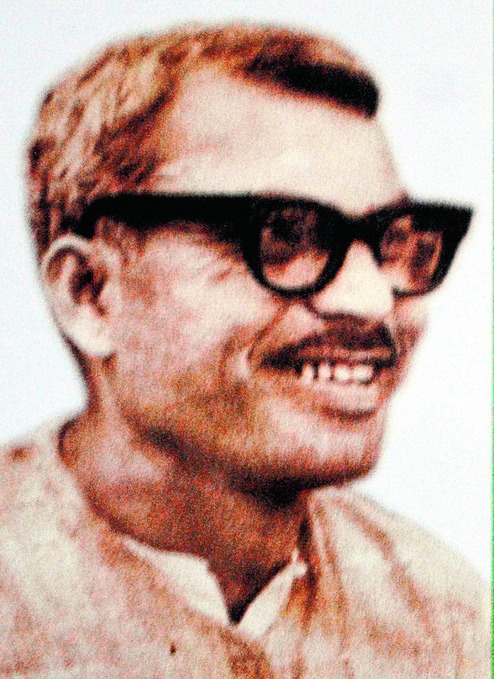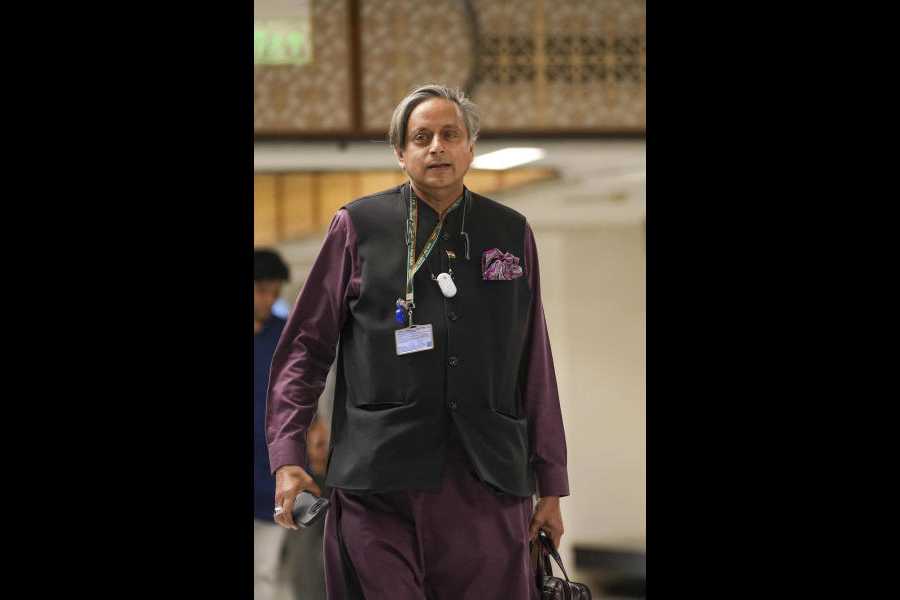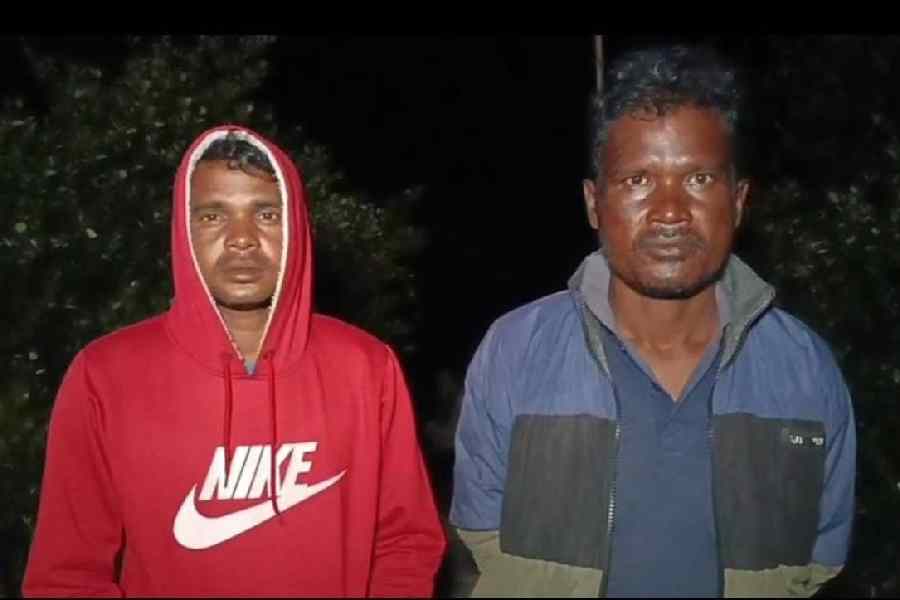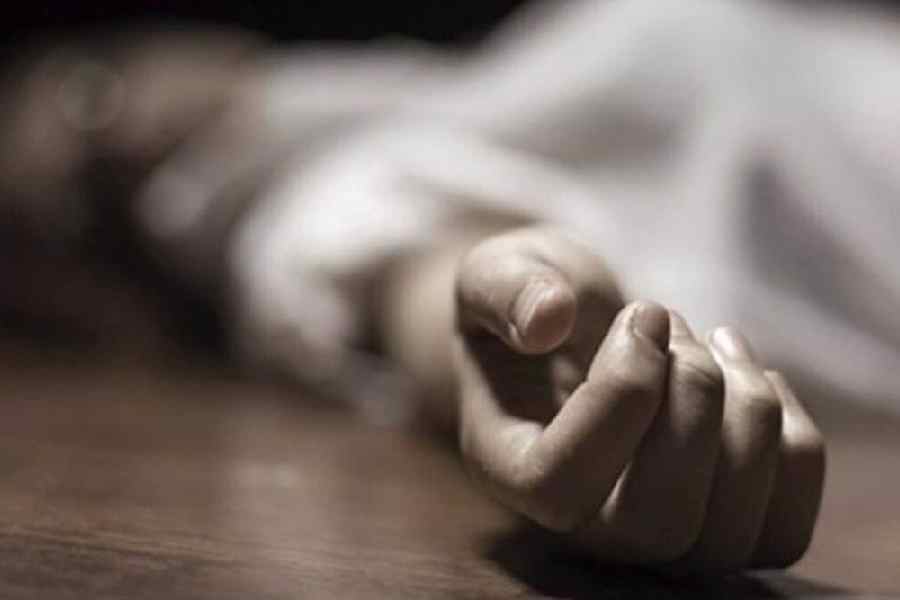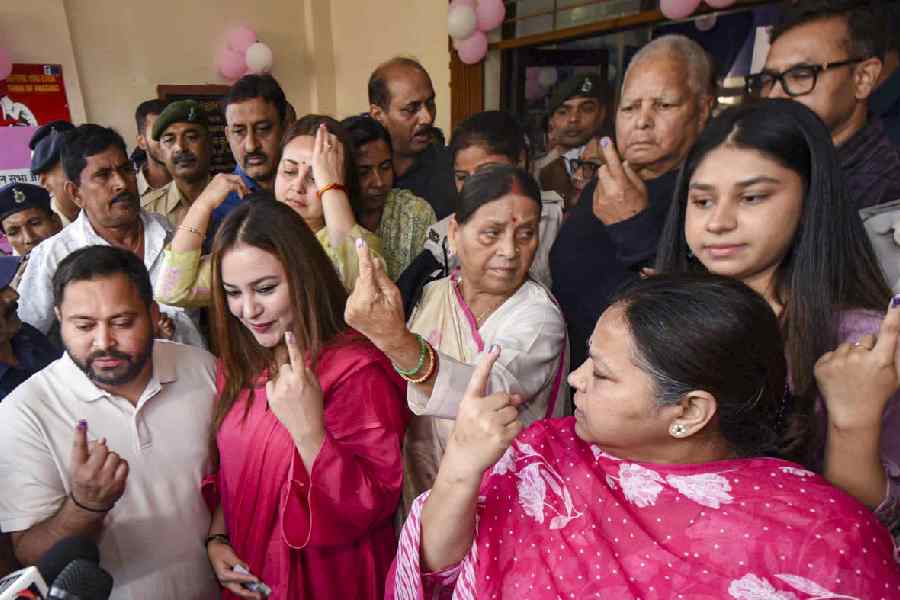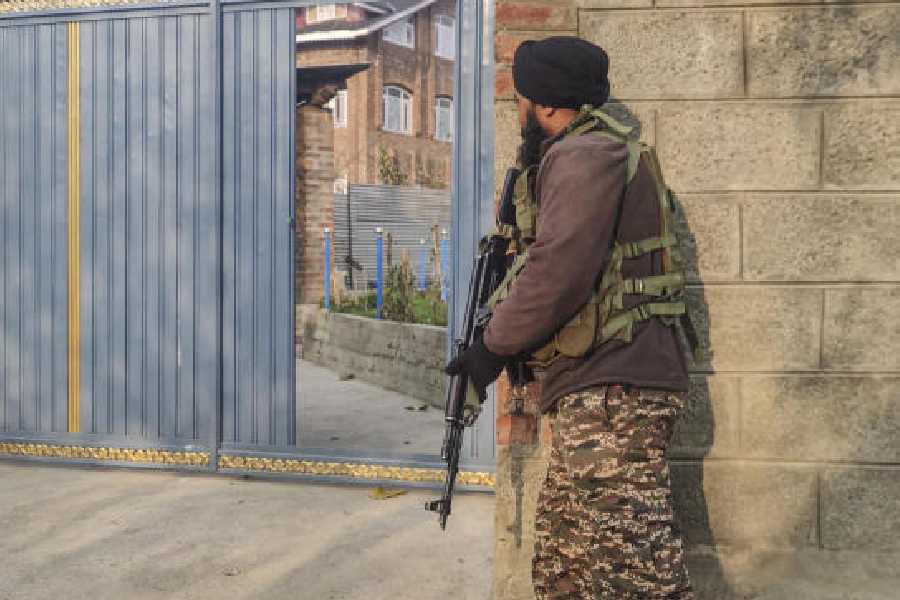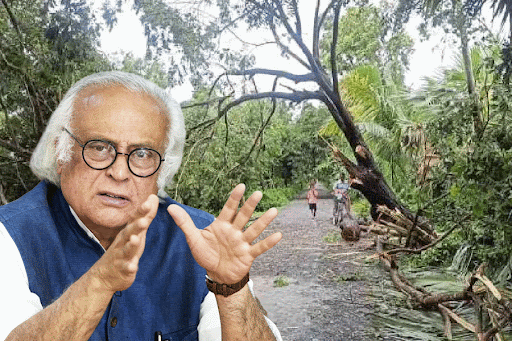
Caste-ridden Bihar may be heading for a churning with the BJP government at the Centre aiming to divide and conquer the backward castes.
The Union government forming a commission to examine the sub-categorisation of other backward classes (OBC) is being seen as a ploy to attract non-Yadavs, who see Yadavs as the dominant section among the OBC, to the BJP.
The Narendra Modi government’s plan — to create two or more categories within the OBC category and allocate quotas based on how deprived the castes and communities were, according to sources — is also being seen as targeting the support base of Rashtriya Janata Dal (RJD) chief Lalu Prasad in Bihar and Akhilesh Yadav’s Samajwadi Party (SP) in Uttar Pradesh.
In the Uttar Pradesh Assembly elections early this year, the BJP had wooed the politically deprived backward castes by pitching them against the dominant Yadavs.
Similarly, the Centre’s move gives scope to the BJP to consolidate its base among sections of OBC it seeks to woo — making Lalu’s job to go beyond Yadav votes more difficult.
The RJD chief, who was in Ranchi yesterday, reacted cautiously. “We will take a stand after the commission submits its report,” he said, taunting the Centre for not releasing the caste census.
The BJP was celebrating. “It’s a historic decision,” said deputy chief minister Sushil Kumar Modi. “The late Karpoori Thakur must be thanking PM Narendra Modi from heaven for adopting his formula across India.”
Then chief minister Karpoori Thakur had started reservation for backward castes in Bihar in 1977. He had categorised the backward castes into OBC — consisting of dominant sections like Yadavs, Kurmis, Kushwahas and Baniyas — and Extremely Backward Castes (EBC), a section of over 100 castes individually small in number but together forming 29 per cent of the population.
Thakur had also introduced 3 per cent quota each for women and the economically weak among the upper castes.
Both Lalu and Nitish Kumar have tampered with Thakur’s formula. Currently it is 18 per cent for EBC, 12 per cent for OBC, and 3 per cent for backward caste women. But the division between EBCs and OBCs has been maintained.
After the Mandal Commission report was implemented, each state made a list of castes who would get quota in central government jobs and admission in educational institutes. The central list does not make distinction between EBC and OBC. The central list for Bihar includes 133 castes that come both under OBC and EBC in the state, including the Yadavs, Kushwahas and Kurmis and even some lower-castes Muslims, apart from over 100 EBC sections.
The Centre’s latest move will not influence the quota system in Bihar.
“But the BJP government at the Centre has the potential of tinkering with votes of the backward classes,” a senior RJD leader said under cover of anonymity. “Though the central commission does not have the mandate to remove or include any in the existing list, it can give advantage to castes it is seeking to woo in the future and cut down quota for castes it perceives as committed voters for the Opposition.
“In Bihar and UP, Yadavs are considered the vote bank of the RJD and the SP respectively and efforts of BJP to woo them have failed. The caste may find itself in disadvantage,” the RJD leader added, stressing that the party would wait for the commission report.

